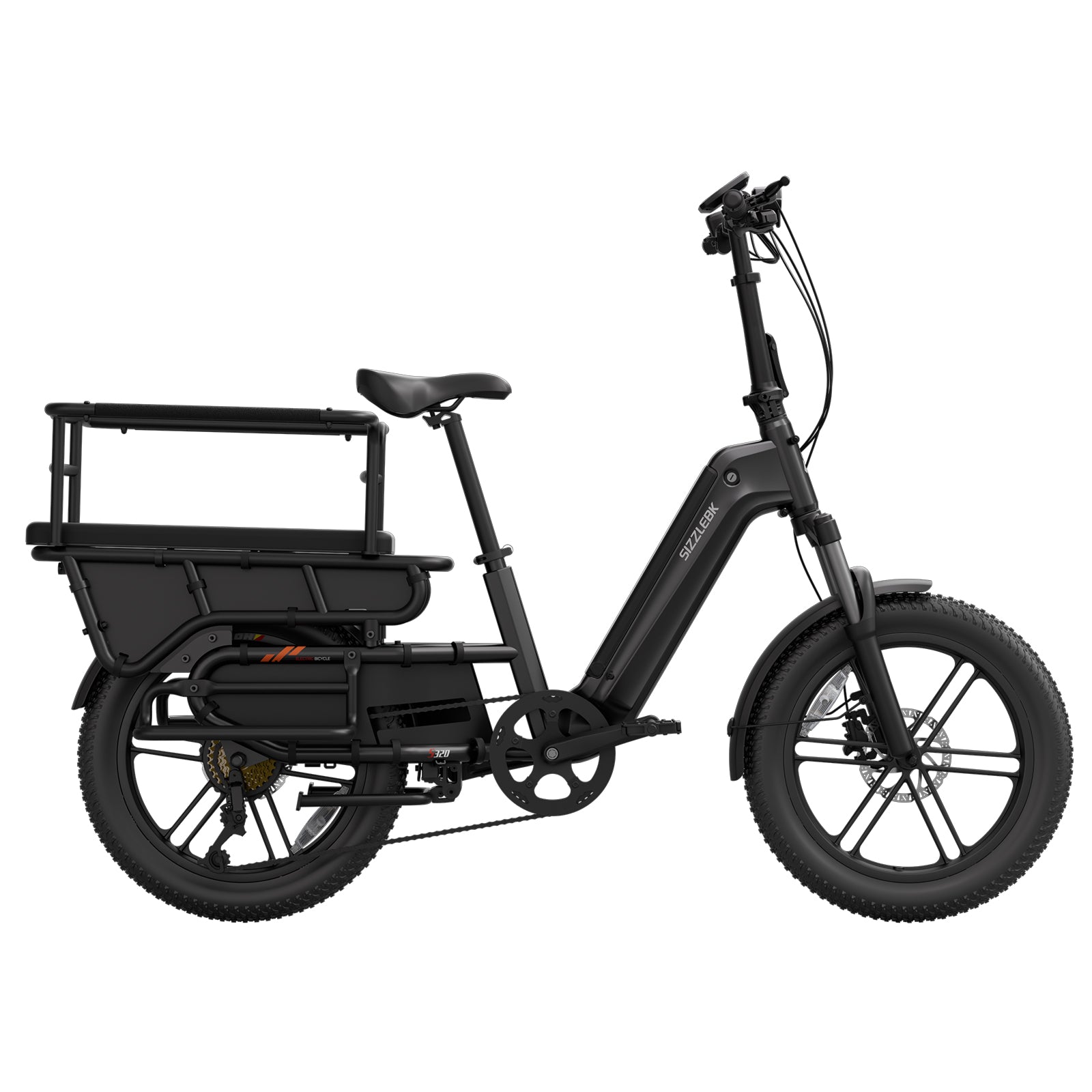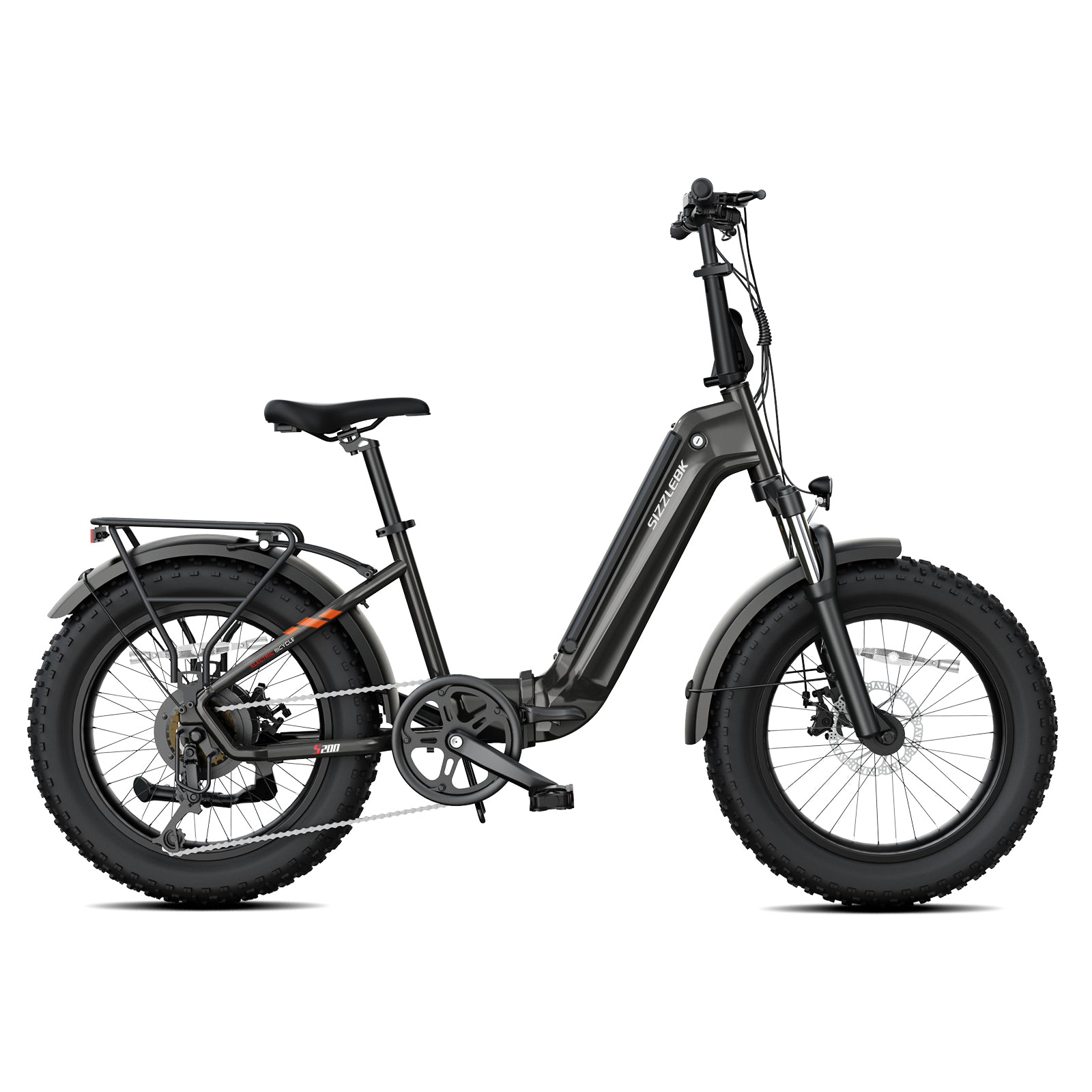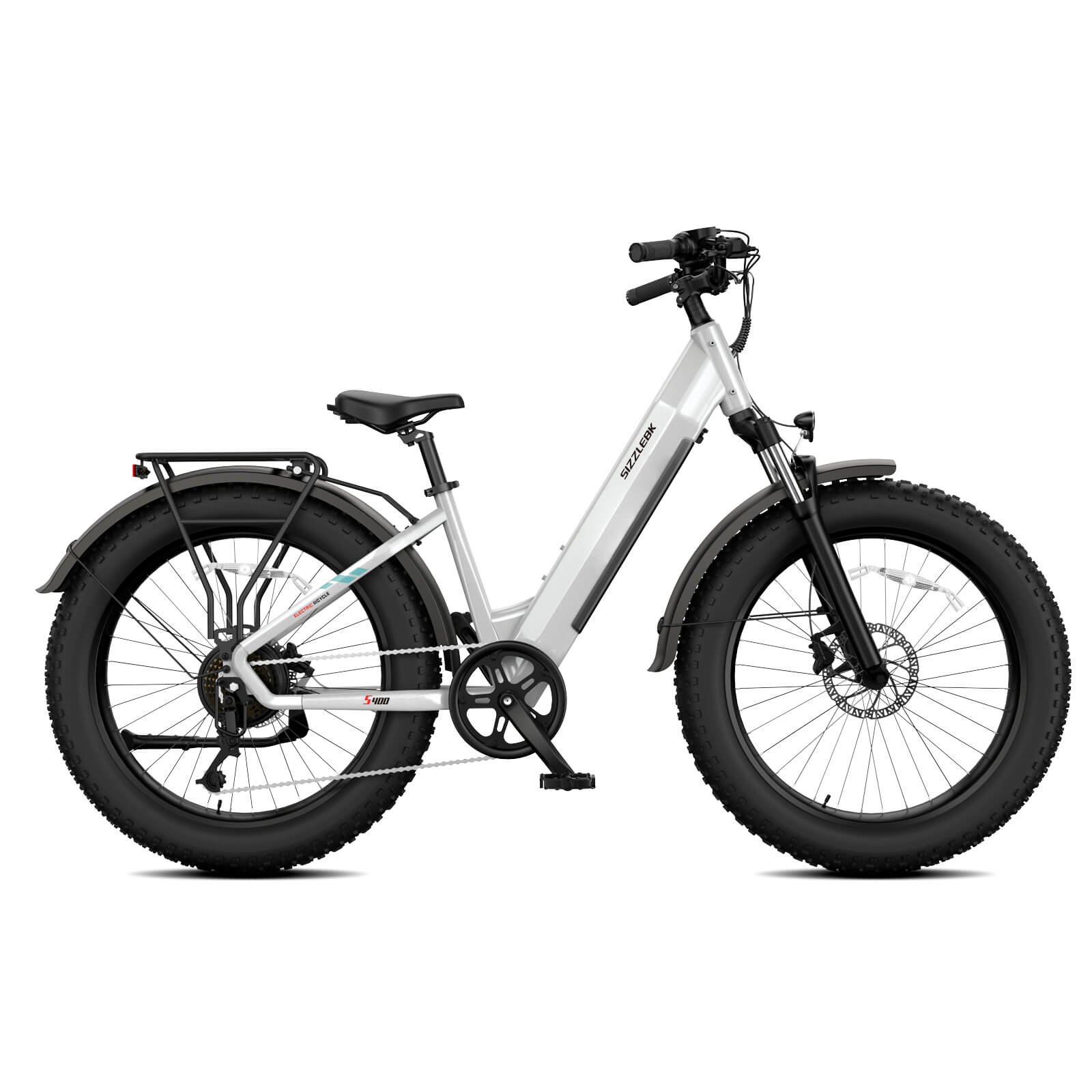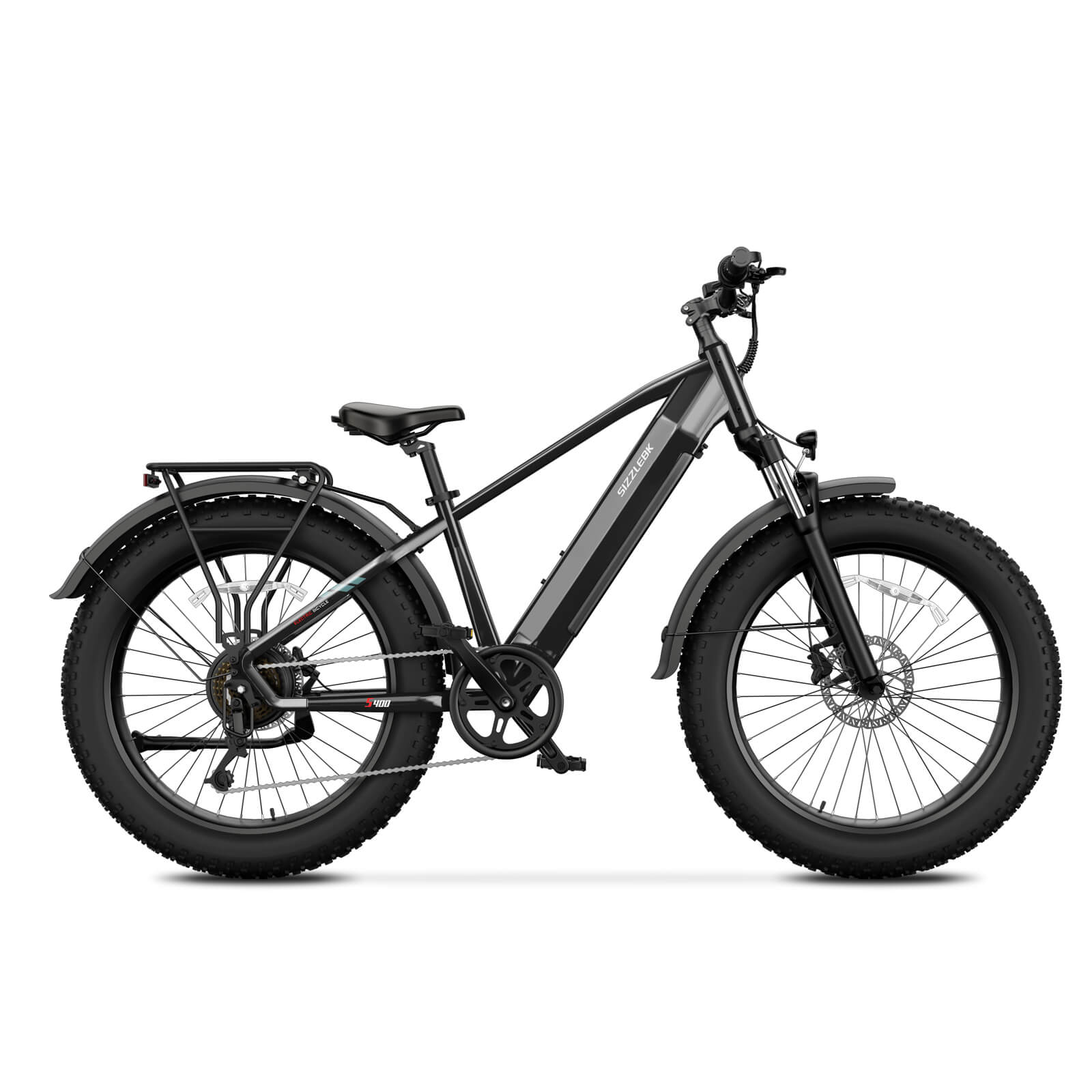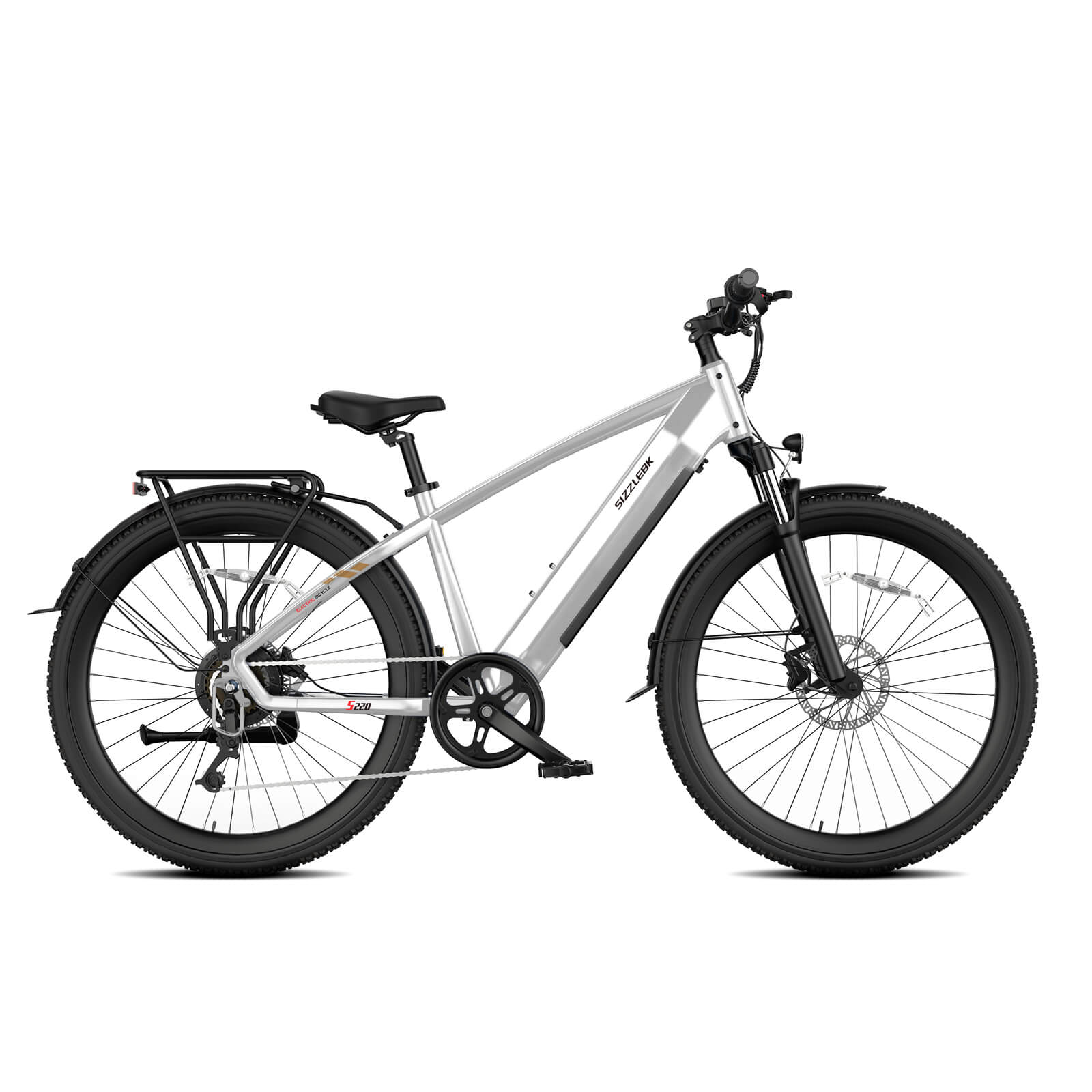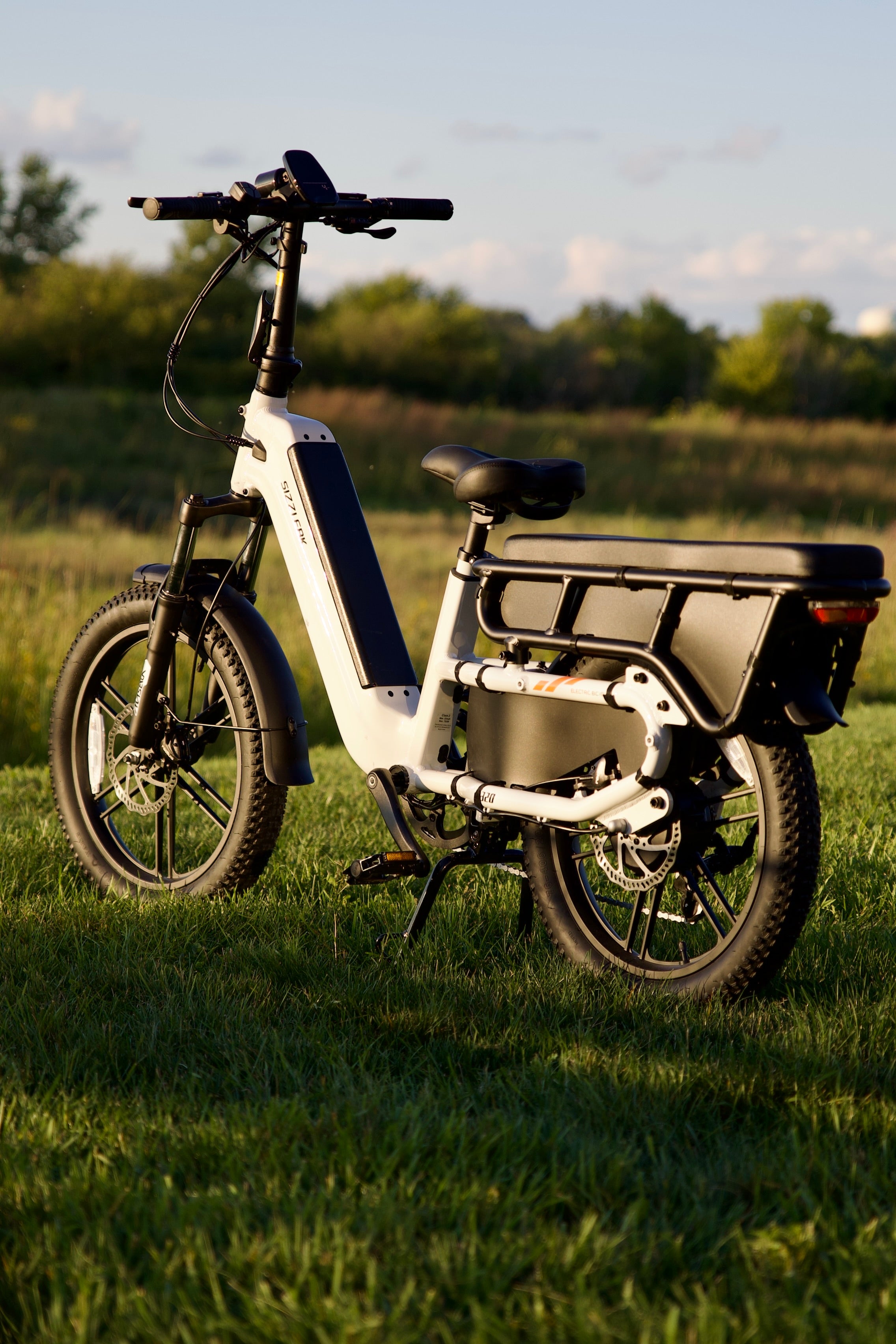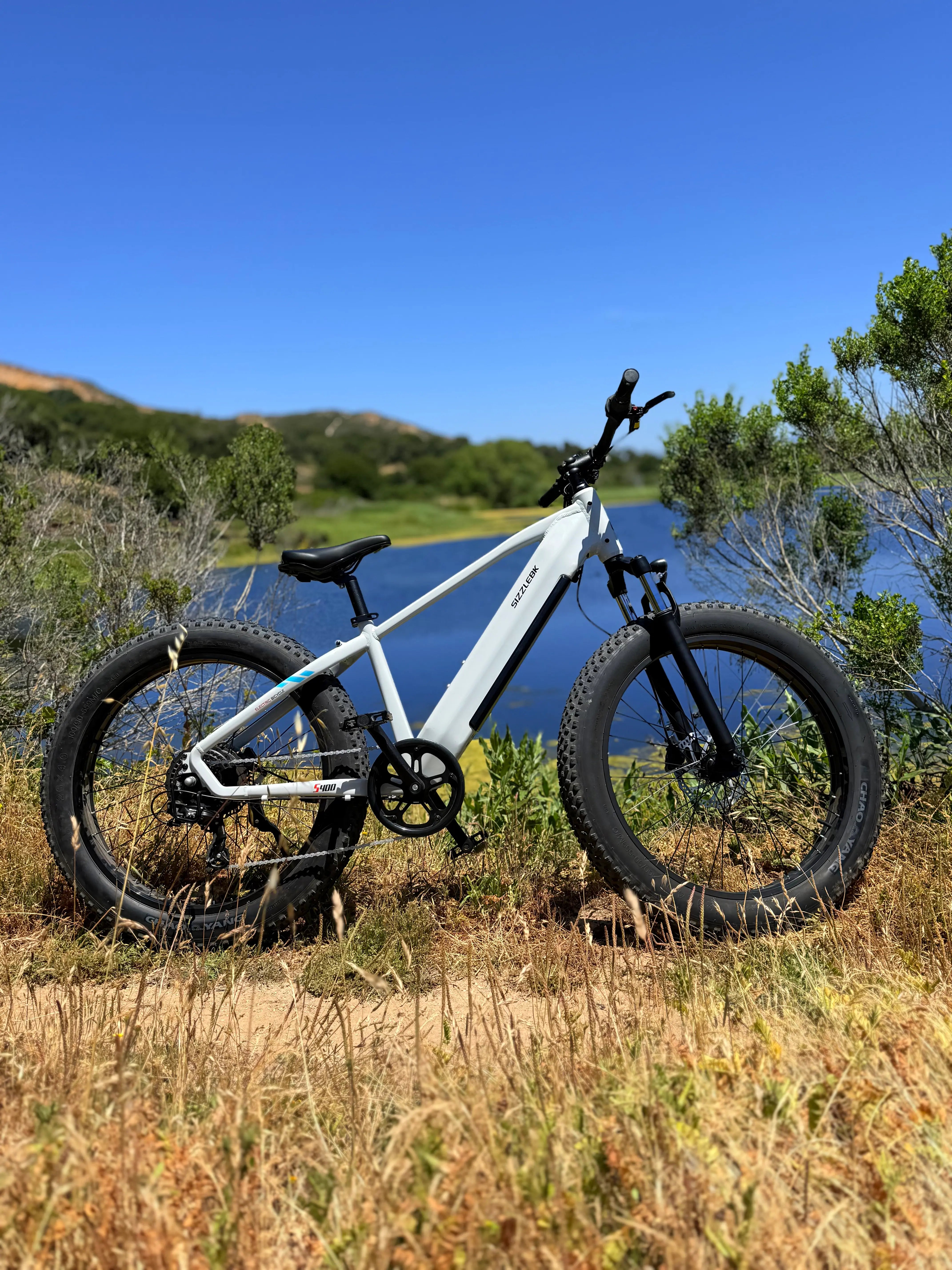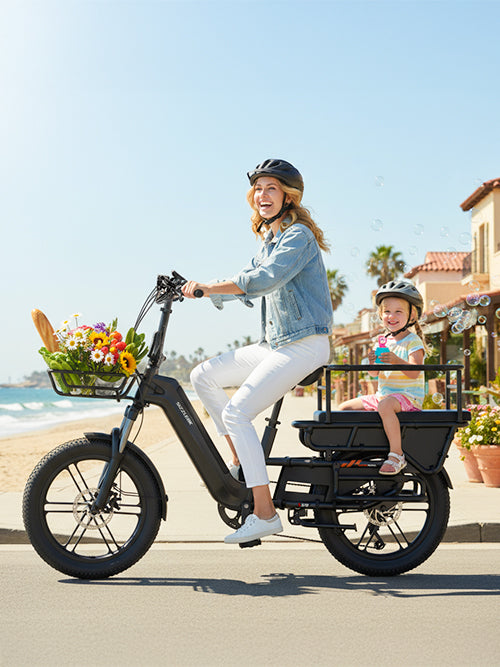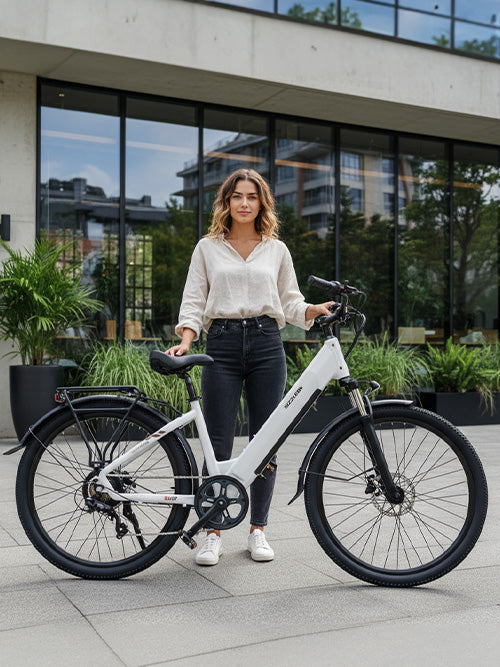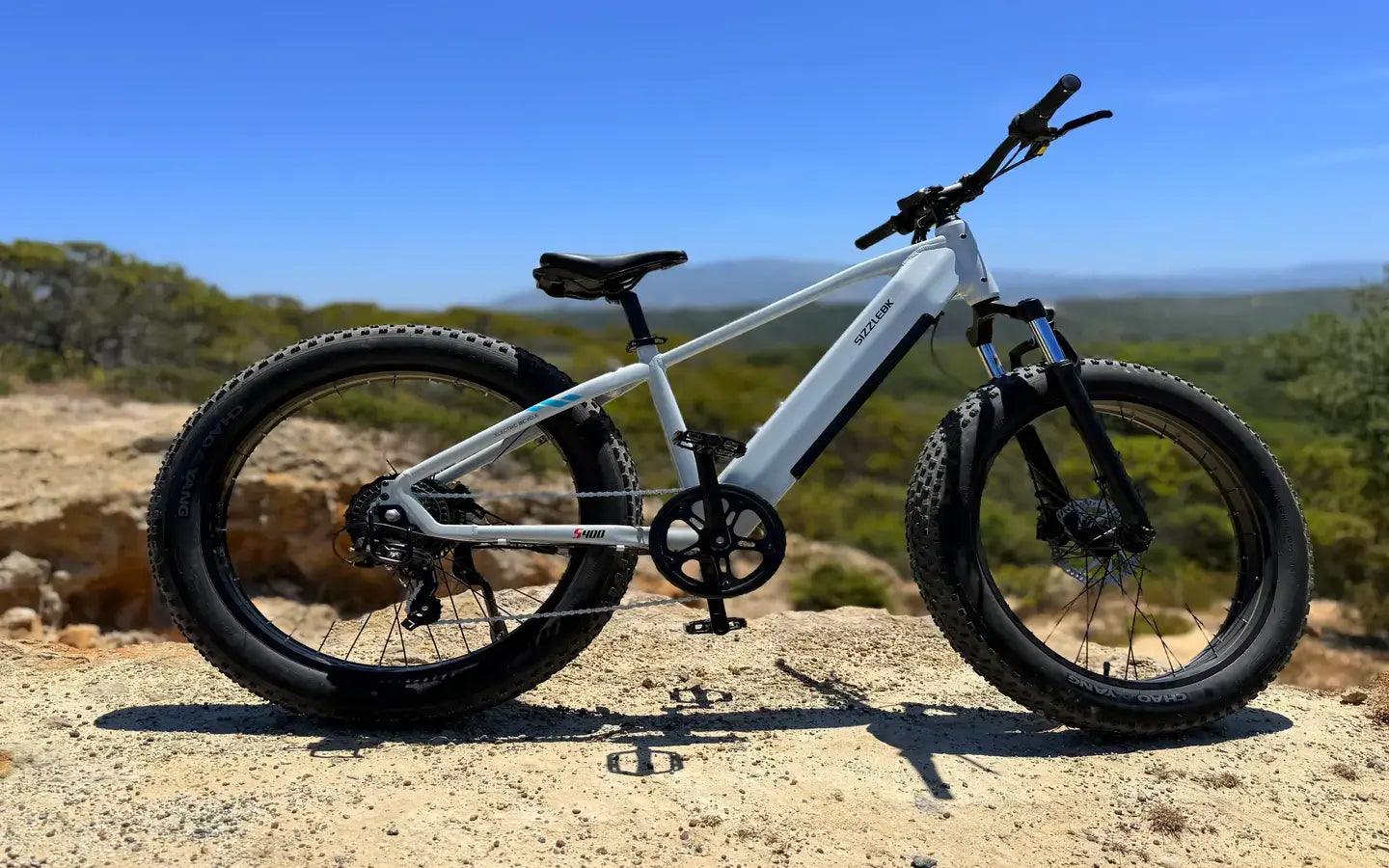Many new e-bike riders are under the impression that charging an electric bike is complicated or time-consuming. In reality, it’s simple, fast, and can become just as routine as plugging in your smartphone. Whether you're commuting in the city, exploring the outdoors, or living off-grid, charging your electric bike doesn’t have to be difficult.
In this guide, we’ll walk you through the three main ways to charge your e-bike, eco-friendly charging alternatives like solar panels, battery care tips, and practical advice to extend your e-bike battery life.
The 3 Most Common Ways to Charge an E-Bike
Remove the Battery and Charge Separately
Most modern e-bikes come with removable lithium-ion batteries. This lets you bring the battery indoors to charge without having to move the whole bike.
Steps to follow:
Turn off the e-bike.
Unlock and detach the battery.
Plug it into its charger and connect it to a wall outlet.
Monitor the LED indicators for charging status.
Unplug once fully charged (usually takes 4–6 hours).
Best for:
Riders who store their electric bikes in shared garages, bike rooms, or outdoors without easy access to outlets.
Pro Tip:
Never leave a full battery plugged in overnight. Overcharging can damage the battery’s cells and reduce lifespan.
Charge the Battery While It's Still Mounted on the Bike
If you have access to a wall outlet near where your e-bike is stored, this method is the most straightforward.
How to do it:
Park your electric bike on a stable surface.
Plug the charger directly into the e-bike’s charging port.
Wait for the battery to reach full charge.
Disconnect when done.
Best for:
Urban commuters who store bikes in garages, apartments, or indoors.
Use a Public or Residential E-Bike Charging Dock
Many urban centers and apartment complexes are starting to offer dedicated e-bike charging stations. These often include secure racks and outlets compatible with common electric bike models.
How to use one:
Lock your e-bike into the docking stand.
Connect your battery or onboard charger to the provided outlet.
Monitor the charging process.
Unplug when finished.
Some e-bike stations are solar-powered, making them a sustainable option for clean mobility.
Charging E-Bikes with Alternative Energy Sources
Using Solar Panels to Charge an Electric Bike
Charging your e-bike with solar power is a great solution for eco-conscious travelers, campers, and van lifers.
You’ll need:
A lightweight, portable solar panel
A solar charge controller or inverter kit
Your standard e-bike charger
How to set it up:
Connect the solar panel to the charge controller/inverter.
Plug your e-bike charger into the inverter’s output.
Adjust the output to match your bike’s voltage (usually 36V to 52V).
Place the panel in direct sunlight and begin charging.
Advantages:
Renewable energy source
Ideal for off-grid riding
Reduces your carbon footprint
Can You Charge an E-Bike with a Generator?
Yes. As long as your generator provides at least 500 watts of power, it can charge your electric bike.
Steps:
Plug your e-bike’s charger into the generator’s outlet.
Start the generator and monitor the charge cycle.
Disconnect when charging is complete.
Pro Tip:
Always use a surge protector with generators to prevent damage from power spikes.
When and How Often Should You Charge Your E-Bike?
Ideal charge level: Recharge your e-bike battery when it reaches around 30%–40%.
Avoid draining the battery completely too often, as full discharges can shorten its lifespan.
Occasional full discharges (every 30–40 charge cycles) can help recalibrate the battery management system and prevent battery memory.
Average Charging Times:
|
Battery Type |
Estimated Charging Time |
|
36V / 48V |
4 to 8 hours |
|
52V |
8 to 12 hours |
What Affects E-Bike Battery Charging Frequency?
Several factors influence how often you’ll need to charge your e-bike:
1. Riding Behavior
High speeds and throttle-only mode use more energy.
Riders who pedal assist less will deplete the battery faster.
Heavier riders also cause higher energy drain.
2. Ride Frequency
Daily commuters will need to charge more often.
Casual weekend riders may go longer between charges.
3. Battery Age
Over time, e-bike batteries lose efficiency.
Light riders may get 1.5–2 years per battery.
Heavy users might need replacement after 10–12 months.
4. Terrain Type
Flat roads consume less energy.
Hilly, off-road, or windy trails reduce battery range faster.
5. Pedal Assist Level
Higher assist modes (especially full throttle) consume more power.
Lower assist levels extend range and reduce charging needs.
6. Tire Pressure & Condition
Underinflated or knobby tires increase rolling resistance.
Well-maintained tires improve efficiency and battery conservation.
How to Extend E-Bike Battery Life
Your e-bike battery is one of the most expensive components. With proper care, you can maximize lifespan and avoid premature replacements.
Smart Charging Practices
Don’t leave the battery plugged in overnight.
Avoid charging in extreme temperatures (hot or freezing conditions).
Use a surge protector for added safety.
Balance Partial & Full Discharges
Aim to charge between 30% and 60% for everyday use.
Do a full discharge once every 30–40 cycles to recalibrate battery health.
Avoid Overcharging
Unplug once full — especially if you’re using the charger indoors or unattended.
Overcharging can lead to overheating and cell degradation.
Replace After ~1,000 Cycles
Most e-bike batteries last between 800–1,000 full charge cycles.
After that, performance and range will decline significantly.
Final Thoughts: Charging Your Electric Bike Should Be Easy
With the right knowledge and setup, charging an e-bike is quick, simple, and eco-friendly. From standard wall charging to solar-powered setups and public charging stations, today’s electric bikes are built for convenience.
By understanding how battery age, riding habits, terrain, and assist levels impact your charging frequency, you’ll ride smarter and protect your investment.
In the long run, proper charging and battery maintenance means:
More riding range
Better performance
Lower replacement costs
So the next time you plug in your e-bike, remember: you’re not just charging a battery — you’re preparing for your next ride.
Upgrade Your E-Bike Battery Today
If you're looking to boost your range, ride longer, and worry less about charging, consider upgrading to a high-quality battery. The Sizzlebk 48V 15Ah UL-Certified Lithium-Ion Battery offers up to 60 miles per charge, is compatible with most e-bikes, and meets UL safety standards for peace of mind.
